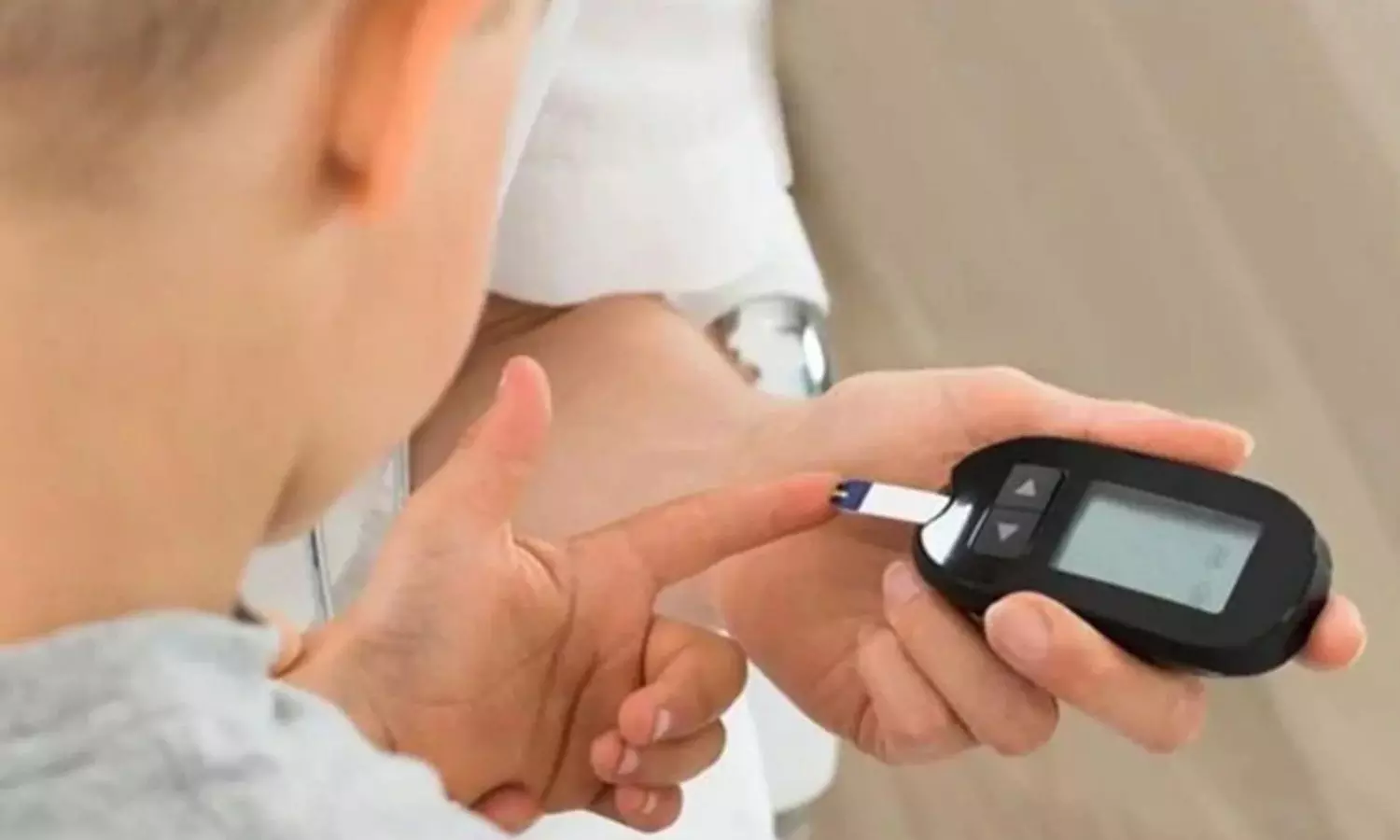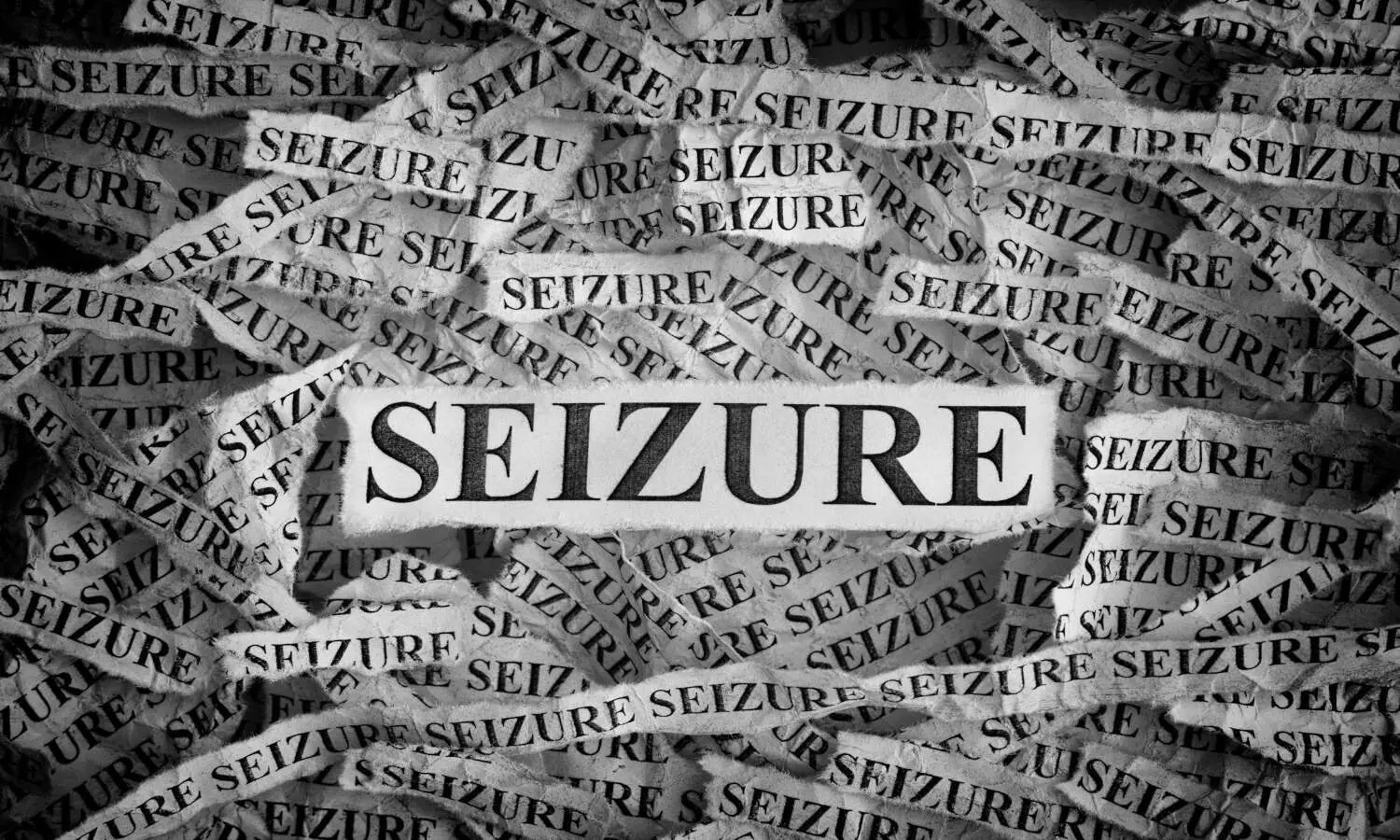- Home
- Medical news & Guidelines
- Anesthesiology
- Cardiology and CTVS
- Critical Care
- Dentistry
- Dermatology
- Diabetes and Endocrinology
- ENT
- Gastroenterology
- Medicine
- Nephrology
- Neurology
- Obstretics-Gynaecology
- Oncology
- Ophthalmology
- Orthopaedics
- Pediatrics-Neonatology
- Psychiatry
- Pulmonology
- Radiology
- Surgery
- Urology
- Laboratory Medicine
- Diet
- Nursing
- Paramedical
- Physiotherapy
- Health news
- Fact Check
- Bone Health Fact Check
- Brain Health Fact Check
- Cancer Related Fact Check
- Child Care Fact Check
- Dental and oral health fact check
- Diabetes and metabolic health fact check
- Diet and Nutrition Fact Check
- Eye and ENT Care Fact Check
- Fitness fact check
- Gut health fact check
- Heart health fact check
- Kidney health fact check
- Medical education fact check
- Men's health fact check
- Respiratory fact check
- Skin and hair care fact check
- Vaccine and Immunization fact check
- Women's health fact check
- AYUSH
- State News
- Andaman and Nicobar Islands
- Andhra Pradesh
- Arunachal Pradesh
- Assam
- Bihar
- Chandigarh
- Chattisgarh
- Dadra and Nagar Haveli
- Daman and Diu
- Delhi
- Goa
- Gujarat
- Haryana
- Himachal Pradesh
- Jammu & Kashmir
- Jharkhand
- Karnataka
- Kerala
- Ladakh
- Lakshadweep
- Madhya Pradesh
- Maharashtra
- Manipur
- Meghalaya
- Mizoram
- Nagaland
- Odisha
- Puducherry
- Punjab
- Rajasthan
- Sikkim
- Tamil Nadu
- Telangana
- Tripura
- Uttar Pradesh
- Uttrakhand
- West Bengal
- Medical Education
- Industry
Rate of postoperative cerebral ischemia is reduced with Endovascular coiling than with surgical clipping

A recent study found that there was a higher incidence of postoperative cerebral ischemia after posterior communicating artery (PCoA) aneurysm clipping than after endovascular coiling. The study results were published in the journal BMC Neurology.
Posterior communicating artery (PCoA) aneurysms are very common and nearly half of all internal carotid artery aneurysms are PCoA. They are generally managed by surgical clipping and endovascular coiling. But PCoA aneurysms are associated with a higher incidence of postoperative cerebral ischemia. Though literature in the past mentions about their incidence, researchers conducted a study to compare the cerebral ischemia in patients who underwent clipping or coiling of PCoA aneurysms and perform a detailed analysis of the same.
A retrospective review of the patients who underwent surgical clipping or endovascular coiling was done from January 2017 to December 2019. Clinical and imaging data of patients with at least one PCoA aneurysm were analyzed. Cerebral ischemia was clinically assessed before treatment and at discharge using the National Institutes of Health Stroke Scale (NIHSS). Modified Rankin Scale (mRS) score was determined at discharge and six months after discharge.
Results
- Three hundred sixty-three aneurysms in 353 patients were included for analysis, 257 in the clipping group, and 106 in the coiling group.
- There was no difference between groups in terms of baseline characteristics.
- The clipping group showed a higher incidence of postoperative cerebral ischemia (23.35% vs. 11.32%, p = 0.029).
- At discharge clipping group showed a significantly higher proportion of patients with a modified Rankin Scale score ≥ 2 (35.80% vs. 15.09%; p < 0.05) but not six months after discharge (15.56% vs. 8.49%; p > 0.05).
- In the clipping group, the mean age was significantly higher in patients who developed cerebral ischemia than in those who did not.
- In the coiling group, modified Fisher grade and incidence of fetal PCoA were significantly higher in patients who developed ischemia.
This study was the first study to perform a detailed analysis of cerebral ischemia in PCoA aneurysm patients. As the causes and characteristics of postoperative cerebral ischemia after PCoA clipping and coiling are different management should be planned accordingly.
Cai, Y., Zhang, T., Zhao, J. et al. Cerebral ischemia after treatment of posterior communicating artery aneurysms: clipping versus coiling. BMC Neurol 22, 436 (2022). https://doi.org/10.1186/s12883-022-02962-1
BDS, MDS
Dr.Niharika Harsha B (BDS,MDS) completed her BDS from Govt Dental College, Hyderabad and MDS from Dr.NTR University of health sciences(Now Kaloji Rao University). She has 4 years of private dental practice and worked for 2 years as Consultant Oral Radiologist at a Dental Imaging Centre in Hyderabad. She worked as Research Assistant and scientific writer in the development of Oral Anti cancer screening device with her seniors. She has a deep intriguing wish in writing highly engaging, captivating and informative medical content for a wider audience. She can be contacted at editorial@medicaldialogues.in.
Dr Kamal Kant Kohli-MBBS, DTCD- a chest specialist with more than 30 years of practice and a flair for writing clinical articles, Dr Kamal Kant Kohli joined Medical Dialogues as a Chief Editor of Medical News. Besides writing articles, as an editor, he proofreads and verifies all the medical content published on Medical Dialogues including those coming from journals, studies,medical conferences,guidelines etc. Email: drkohli@medicaldialogues.in. Contact no. 011-43720751




